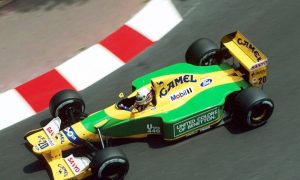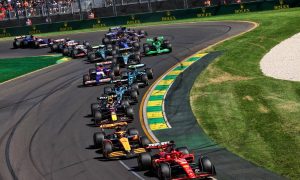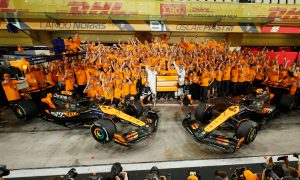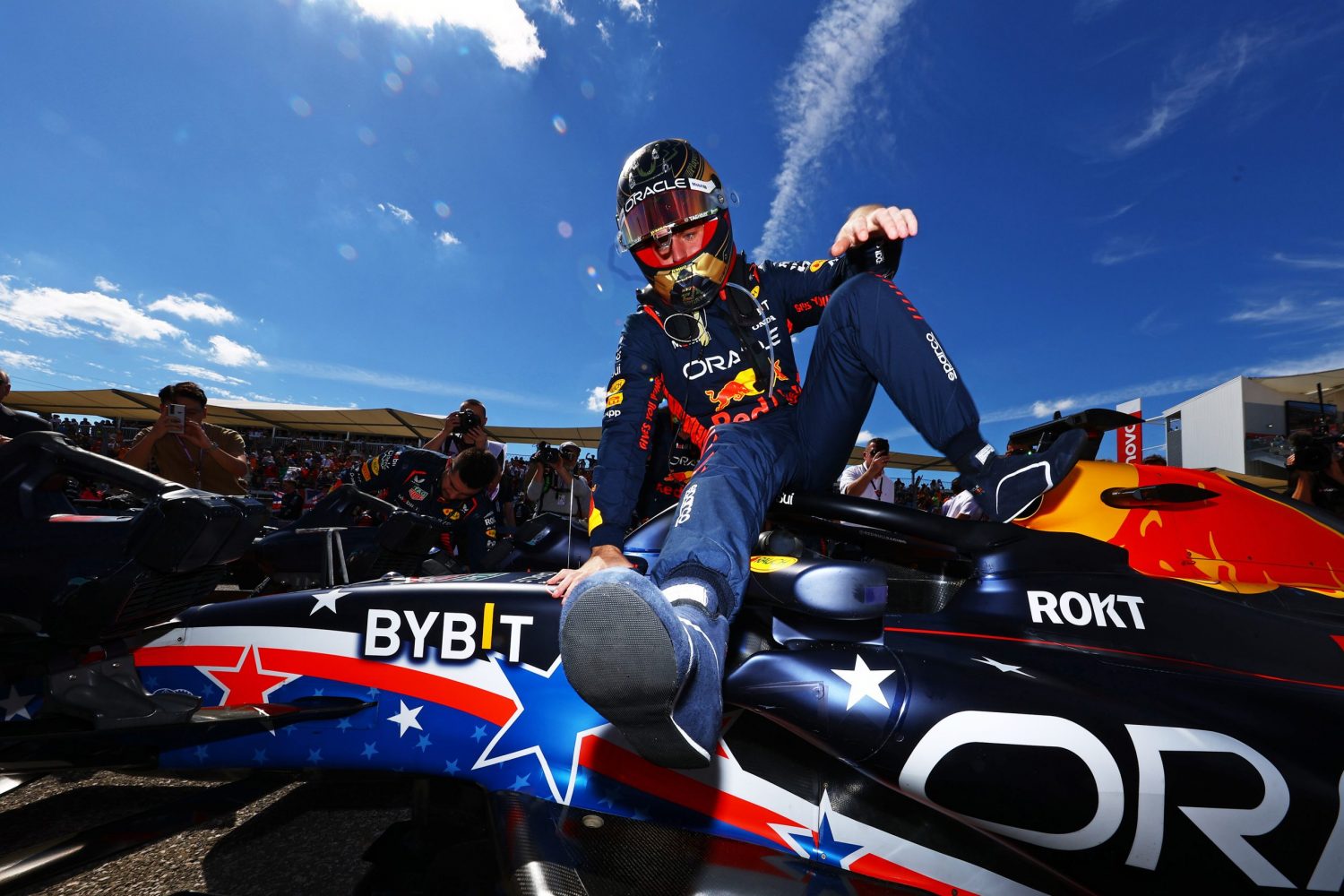
©RedBull
Here's our comprehensive run-down of six areas where we clarify the changes and adjustments that have been made.
No new drivers, but some new team principals
Let's get the elephant in the room out of the way: the same 20 drivers who took part in the final race of 2023 in Abu Dhabi will be lining up for the first race of the new season. If you think that's an unusual state of equilibrium for the sport, you'd be right. Formula 1 has never seen such stability. It's the first time it's happened in 74 years. Given how many talented young drivers out there are clamouring for a spot in F1, it's even more extraordinary that the doors are barred against them.
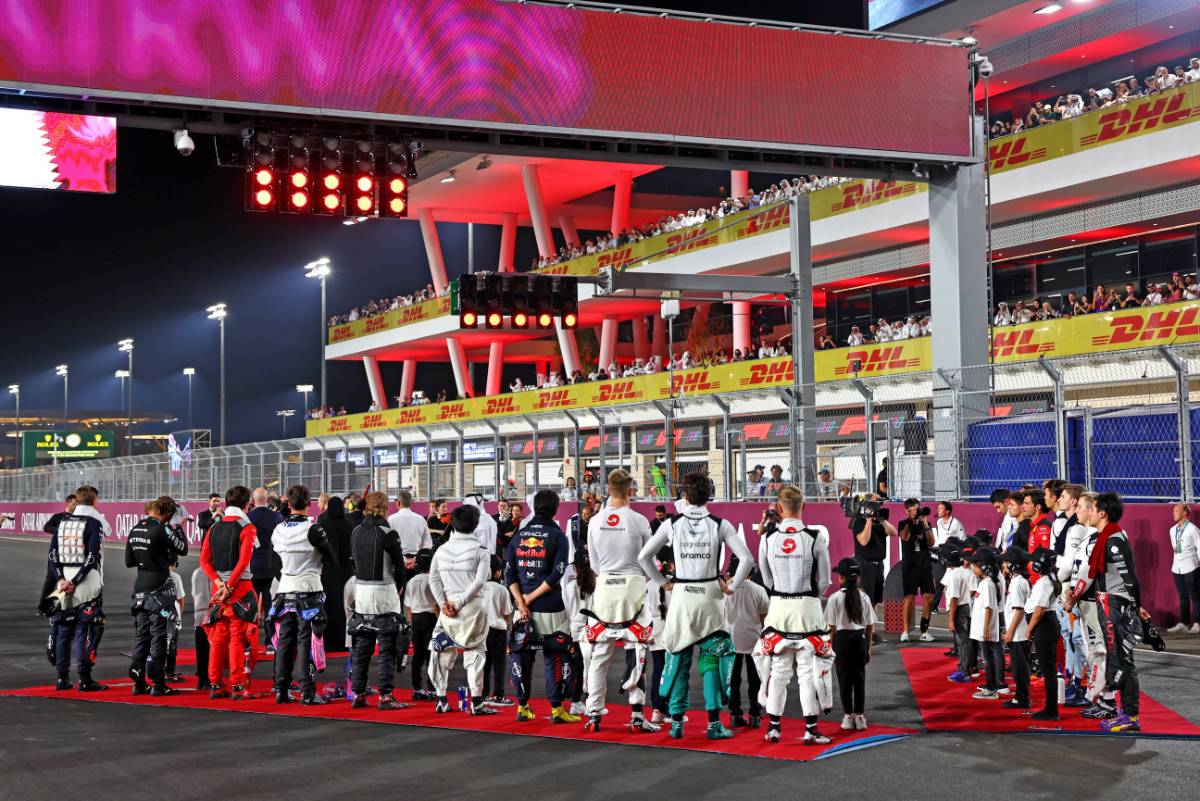
Such a stand-off almost certainly will not happen again. Many of the drivers are now on the final year of their current contract and the transfer market is already seething with speculation about who will replace Lewis Hamilton at Mercedes ar the end of this year.
By the time we get to the end of the process we may very well be looking back to these months of stasis as a welcome oasis of calm and quiet.
In any case, the drivers are just a very thin veneer on the top of the sport, and elsewhere things are far from settled. Of the ten teams, two will have new principals taking up their positions in in 2024, with Laurent Mekies succeeding 18-year veteran Franz Tost at AlphaTauri with former FIA general secretary Peter Bayer becoming CEO, and Ayao Komatsu taking the big seat at Haas after the shock exit of Guenther Steiner who had been in charge since the team's inception.
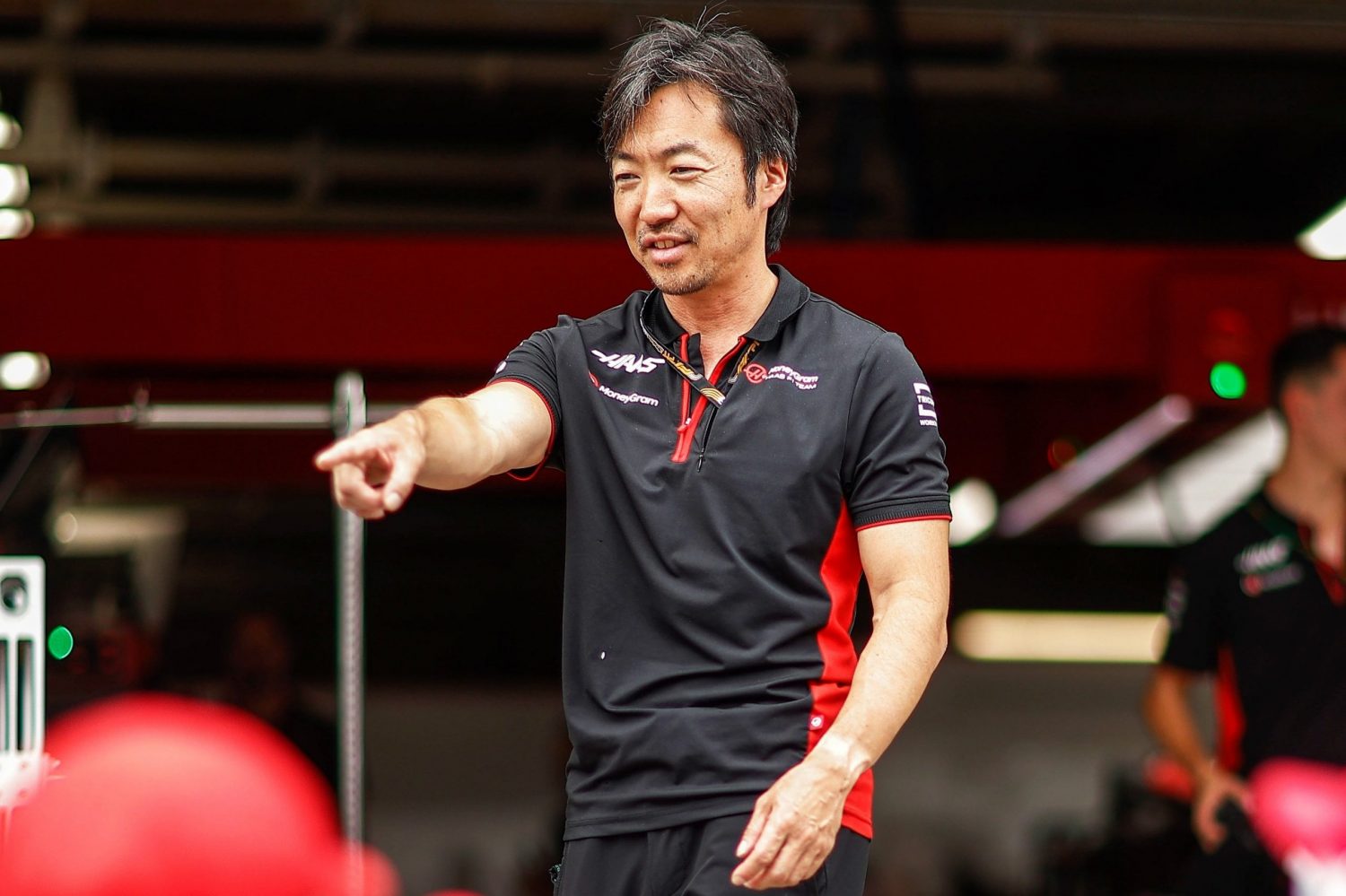
©Haas
Neither Mekies nor Komatsu are stepping into the unknown here. Mekies worked for the team in its Minarci days and was Christijan Albers's engineer in 2005 and then chief engineer at Toro Rosso before moving on to work for the FIA and more recently as sporting director at Ferrari.
His appointment is said to be at the behest of Mark Mateschitz, son of late team founder Dieter, with the specific brief to being team operations closer to those of its sister Red Bull squad. Meanwhile Komatsu has been with Haas since the start of the US squad's F1 operations. He was the squad's former director of engineering and knows the operation inside and out. Whether his late appointment will be in time to make a practical difference to Haas' fortunes in 2024 is another matter.
New team names and identities
The drivers may be the same, but you may see them in new racing colours or associated with unfamiliar team names. Don't be alarmed: the drivers haven't moved, even if the teams have had a bit of a shake-up.
AlphaTauri is one of two teams to have had a change of identity over the winter break, with its Red Bull corporate masters deciding that it needs a second rebrand in four years. It will now be known henceforth going forward as Visa Cash App RB, which is so hilariously bad that many thought it was a prank being played on the press and that the real name will be surely something - anything - else when the teams line-up on the grid for the first time.

Visa Cash App RB livery imagined by @JonnieDesigns_
There's also a new name at the team that used to be Alfa Romeo. The end of the Italian marque's deal with Sauber has left the squad lacking a name and a purpose for 2024 and 2025 until its formal take over by Audi, and it's settled on the name of Stake F1 Team. In some ways that's just as commercially driven as their rival's new name, as Stake is the name the an online casino business which sponsoring the team, but at least it's vague enough that we can ignore that and turn a blind eye for the short time it will be here.
Fast-track changes ahead for sprints
While there are no changes on the grid in terms of drivers, there will definitely be a new look to the six sprint race weekends planned for 2024 which will take place in China, Miami, Austria, the United States, Brazil and Qatar. The trouble is that we don't know quite what form that new look will take.
While sprint races are still not great favourites with team personnel for which its just even more work in a crowded season, local promoters love the opportunity for increased revenue, and broadcasters and fans enjoy the spectacle of more races, so they are here to stay. But in what format that will be remains to be decided.
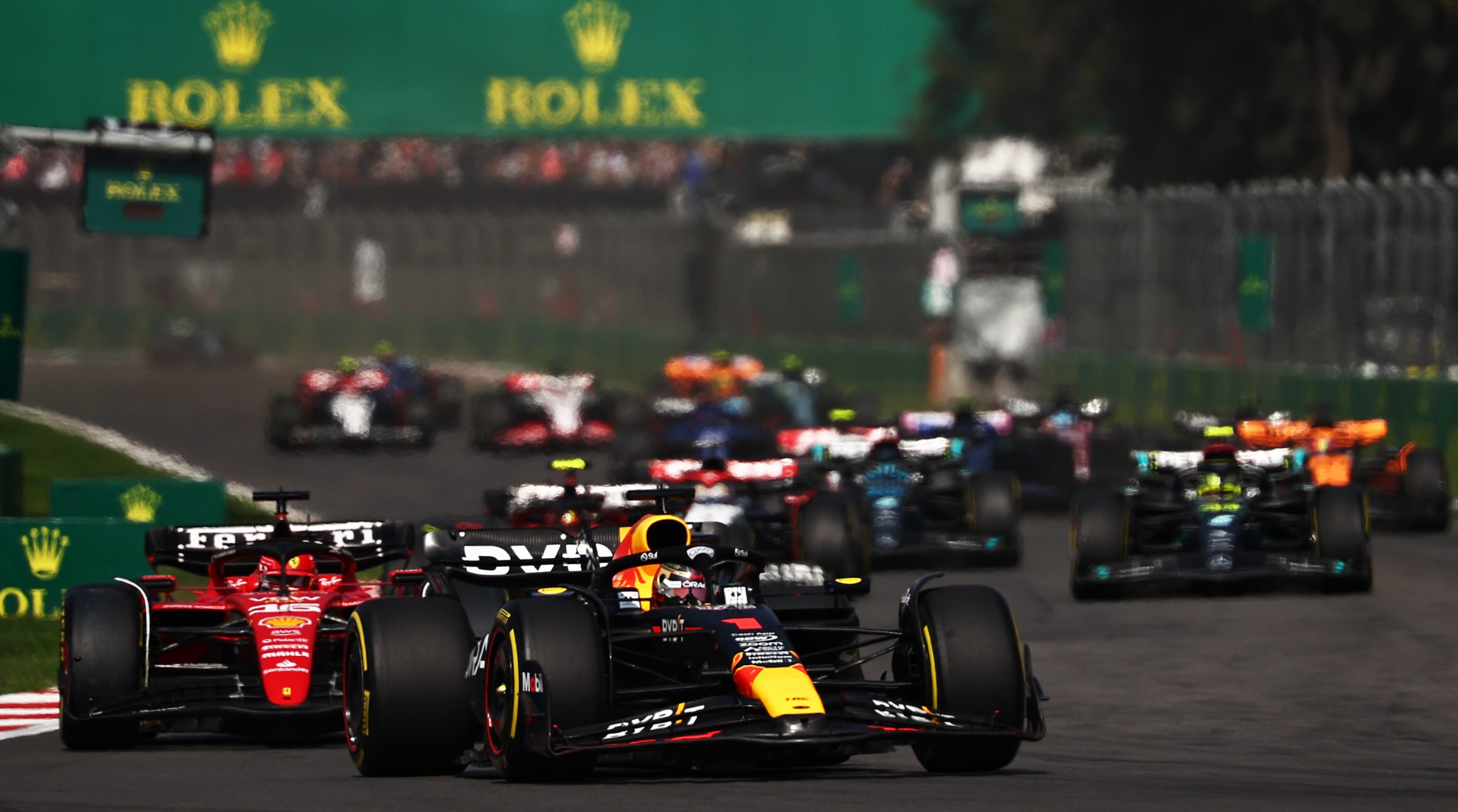
Teams had 'thoughts' (which is to say, a list of complaints) about the sprint format used last year, and discussions have been going on over the winter as to what improvements are required. A key complaint was that everyone got just one 60 minute practice session before the cars went into parc ferme conditions for the rest of the weekend (encompassing qualifying, final practice, the Sprint Showdown and race, and the Grand Prix itself) and this was becoming a big issue.
The matter crystallised in the US when both Lewis Hamilton and Charles Leclerc were disqualified from the race for a breach that could be traced back to the ride-height of their cars, that hadn't been in evidence in FP1 and which they weren't allowed to address thereafter. How F1 can square the demands of the local race schedule and the need to keep cars in parc ferme conditions between qualifying and the main race is proving quite the Gordian knot to resolve. There's still no word from the F1 Commission as to how this will be achieved.
Technical regulations keep their cool
The last major changes introduced to Formula 1's technical rules and specifications saw the return of ground effect aerodynamics at the start of 2022 (please don't mention porpoising), with tweaks to the edge of the flat bottom allowed on cars following at the start of 2023 which caught out some teams. This time we get a period of stability before a more wide-ranging overhaul to engine rules in 2026. Historically such moments of calm make it possible for teams who have been lagging behind to catch up up on rivals who have pulled out a major advantage - such as Red Bull, who have already extracted all the performance there is to get from the current specifications.
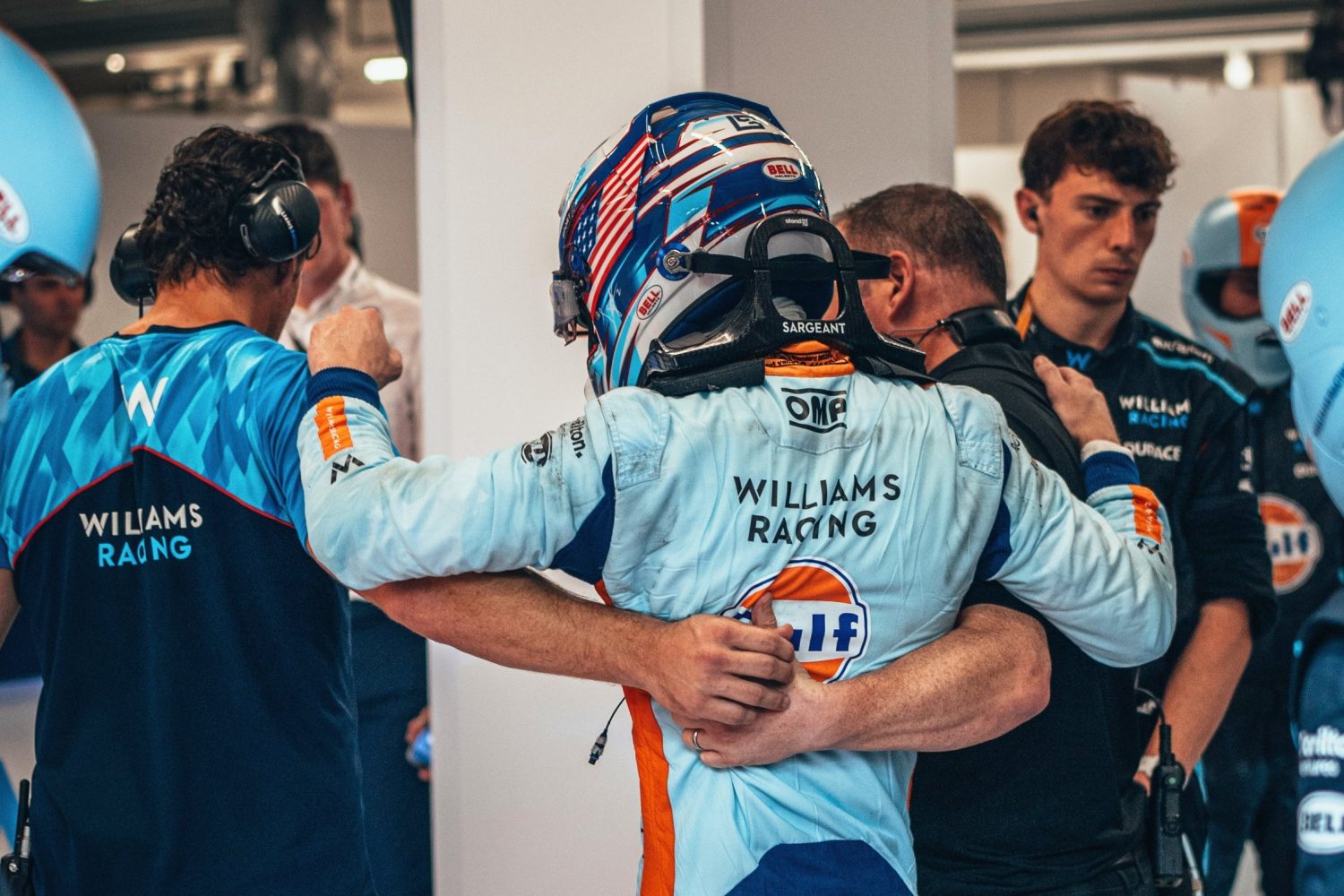
©Williams
However there are a inevitably a few tweaks here and there to the sporting regulations that have come up because of incidents we observed last year. One such change concerns driver safety and wellbeing. The Qatar GP saw a number of drivers taken ill at the end of the race due to high heat and humidity at a gruelling circuit, combined with a lack of wind on the day which meant that drivers did not get a cooling flow of air into the cockpit.
Logan Sargeant retired with severe dehydration and was one of a number of drivers to attend the medical centre suffering from heat exhaustion; Esteban Ocon vomited in his helmet, and Lance Stroll even claimed he lost consciousness behind the wheel at one point during the race.
As a result of this alarming incident, the FIA has mandated cooling scoops be allowed to be fitted into the cockpit of each car to channel the flow of air toward and over the drivers more efficiently in future.
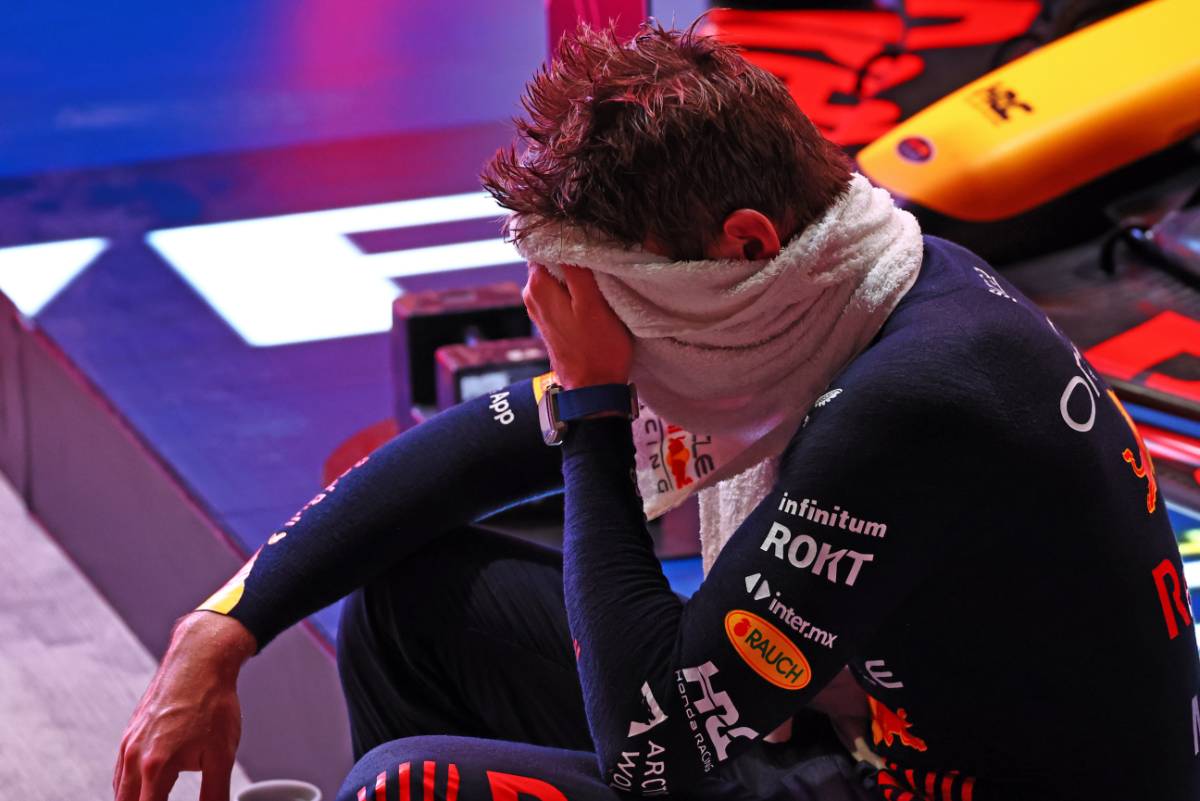
More measures are likely to be introduced in future with research and development work is already underway, but the FIA isn't rushing in any hard and fast technical directives at this point and is content to give teams teams some latitude to develop their own solutions to use as required within the existing rules.
There's been no decision yet on introducing 'mudguards' to cut down on hazardous waterspray in wet races. And teams are not allowed to get a head-start on chassis aero work for the 2026 season until next year, although that won't prevent them from getting as much work on their 2024/5 chasses done as soon as possible to clear the decks for that's likely to be a Herculean (and costly) endeavour.
Tightening up on right to review
As well as the technical rules, there are also the sporting regulations that get a good once-over before the start of each season.
In this case, 2024 sees a change to the right of review process in which a team can request that the FIA takes a second look at any issues that occurred during a race weekend. After the United States Grand Prix, Haas waited until almost two weeks afterward (the maximum time allowed) before submitting a formal right to review request over track limits violations by drivers at Austin that went unpenalised, while their own drivers were sanctioned. The request was ultimately denied and the result stood as called, but the weeks of uncertainty in the meantime was not a good look for the sport.

FIA president Mohammed Ben Sulayem with F1 Technical Delegate Jo Bauer.
As a result, F1 has significantly tightened the window for such a request to be made. It's been reduced down to just four days after the end of the race. After that, no amount of appeals will be able to change the outcome of the race or the result in the books, or at least that's the plan; any legal challenges to the 2008 world championship outcome notwithstanding.
Another tweak to the sporting regulations might not make much of an impression among fans watching form the grandstand, but it certainly provoked a sharp intake of breath among those in the paddock: the maximum penalty amount for drivers and teams for infractions has been raised from $250,000 to $1 million. Even in today's spiralling cost of living crisis, that's quite a hike.
The longest season of all time
For a long time, the standard size of a Formula 1 season consisted of 16 races in a calendar year. Those days are long gone: the last time we had as few races as that was in 2003. We hit 20 races for the first time in 2012, and 2016 saw the number of events reach 21.
Of course, money is a big driver in this expansion - the more races, the more the sport earns, the bigger the prize fund that the teams are competing for. Everyone wins - but at a price. Advances in the modern world have helped make the expansion happen, with faster and more efficient air travel and logistics making it possible to hurtle around the world fast enough to race in Vegas one weekend and Qatar the next. In the earliest days of the F1 championship the Indy 500 was technically part of the F1 season but few of the sport's regular drivers felt able to make the long haul trip from Europe, and left it to the leading American drivers to fight it out between them.

But we're nonetheless approaching the upper limits of what's possible, with 24 having been widely accepted as the cut-off. We finally hit that number for the first time this season. Although it's been the intention to have that many in recent seasons, events have conspired to get in the way. Last year we had a further cancellation of the Chinese GP due to lingering COVID issues, and the Emilia Romagna GP was called off at the last minute due to wide-scale local flooding at Imola, which left us back at 22 races for the season.
Both races are back on this year's schedule - it'll be the first in Shanghai since 2019 when it hosted the historic 1,000th F1 GP - so it looks as though we will finally get the full maxed-out 24-race calendar in effect for the first time. However for the first time in recent years there will be no new venues on the calendar, after the recent addition of Qatar, Miami and Las Vegas. Even so it's going to be very hard work for the team members on the road from February to December, and burn-out and fatigue is bound to play an increasing role as the season goes on. Even the fans watching from home might find themselves faltering from the effort required.
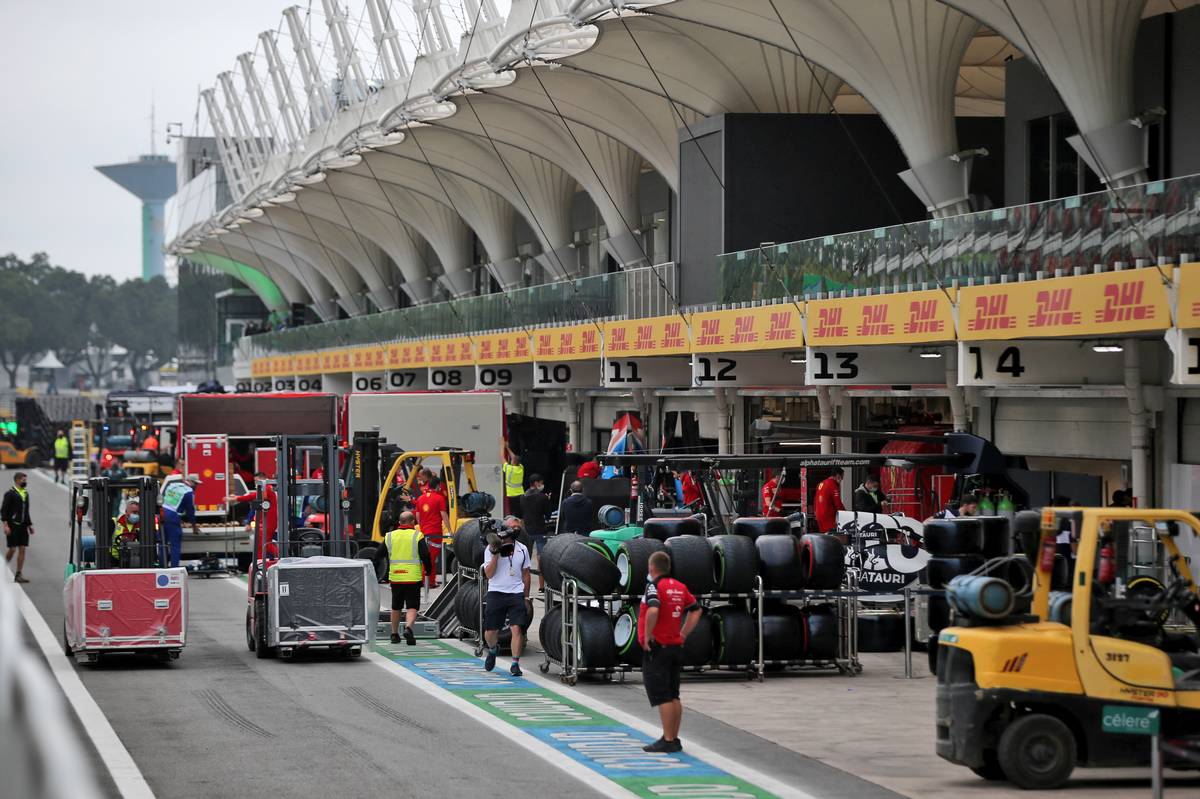
Of course, other sporting championships have even more fixtures in a season to content with than F1. Even in motorsport, NASCAR holds 36 Cup races together with additional exhibition events over the course of a year. A weekend off is a rarity reserved for Easter and major holidays. But none of these require international travel and all take place within the continental United States, which makes a huge difference to everyone involved.
Some efforts have been made to mitigate the effect on F1 personnel, as well as for local requirements. Japan has been brought forward to April where it now sits more naturally alongside China; Bahrain, Saudi Arabia and Las Vegas all take place on Saturday; but a final triple-header in Vagas, Qatar and Abu Dhabi will be a brutal finish to the year.
That's definitely something that team bosses would like to see top the list of changes for 2025.




